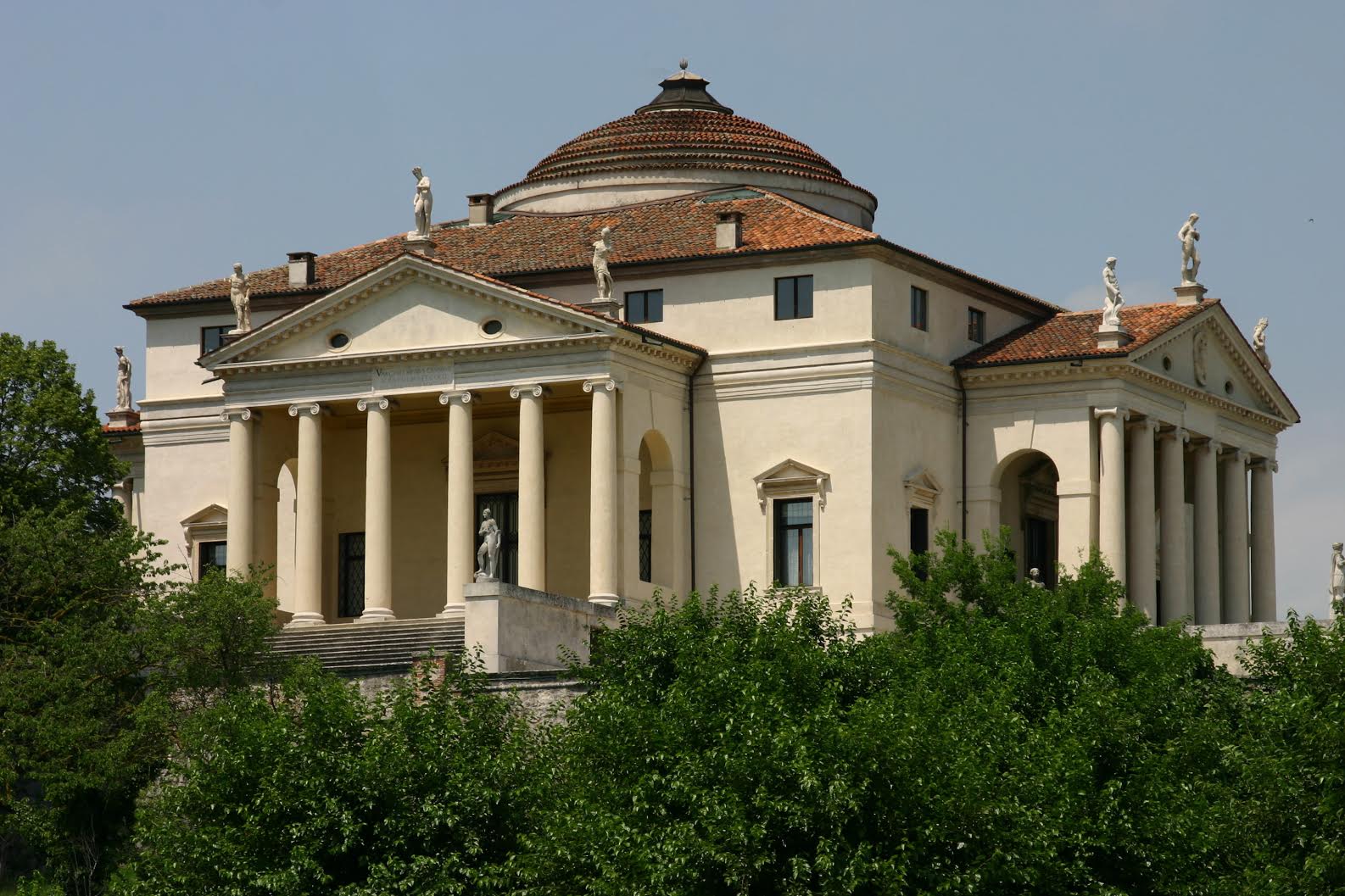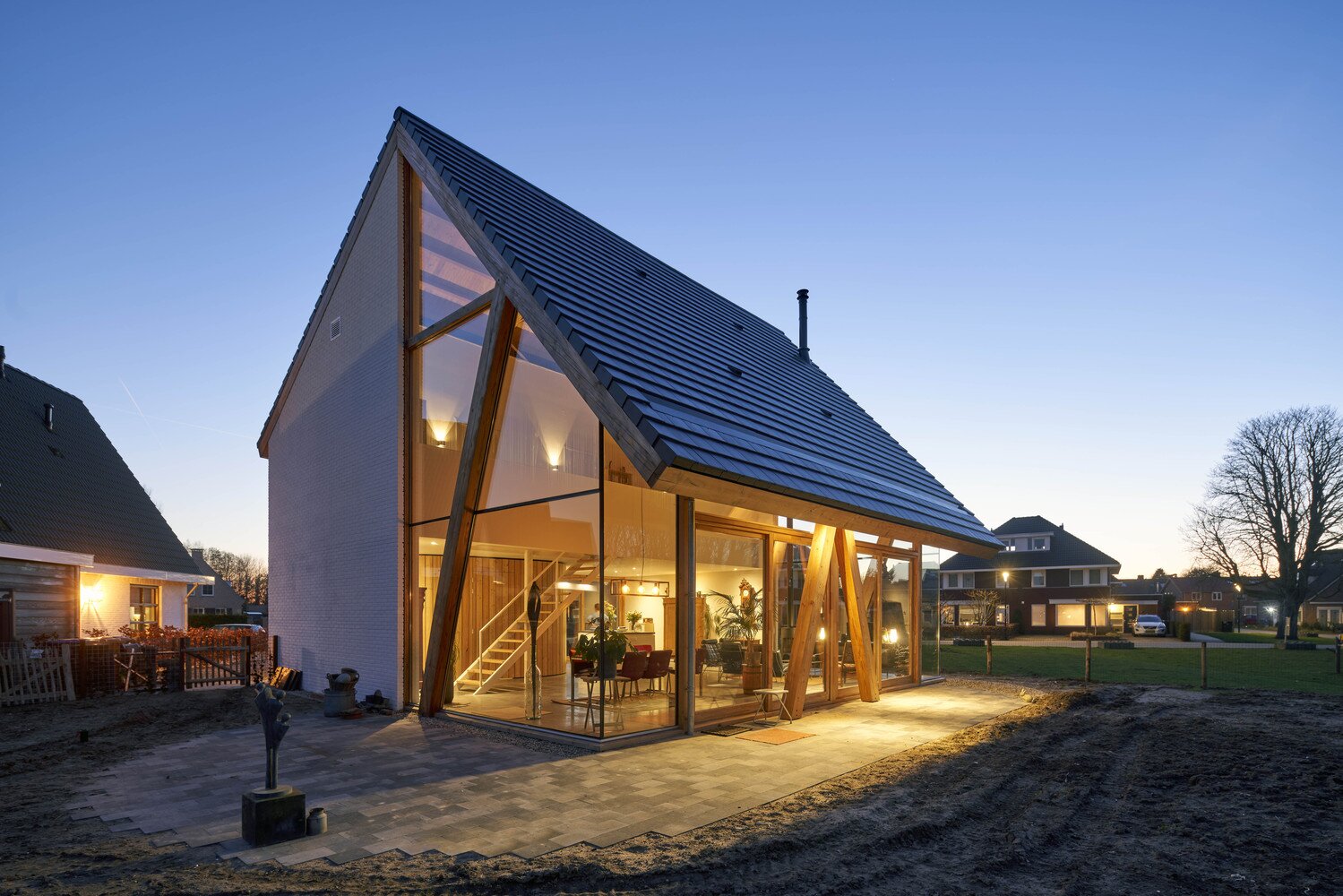Why we appreciate the appearance of buildings
V. Mayakovsky
Have you ever felt like a stranger among the urban landscapes of new neighborhoods? Have you ever experienced rejection rather than admiration for technology when faced with massive structures of glass and concrete? Have you ever had a vague feeling that you're too old-fashioned for all these modern trends?
The debates surrounding the new stage of the Mariinsky Theatre confirmed an emerging trend: the younger the participant in the discussion, the simpler they view the matter, the more easily they accept the contradictions in architectural appearance, both of individual buildings and the city as a whole. What is this: frivolity? indifference? Hardly. More likely — it's the absence of that "protective conservatism" inherent in people who have lived more than 20 years.
The fact is that architecture can speak to us through the language of its forms — those that evoke memories of what we've experienced, seen, and lived through. We become different people in different places: a gloomy room may intensify our vague awareness of the imperfections in our lives, while a sunny room, gleaming with colorful tiles, can support what gives us strength to live and believe in something better. That's when a facade ceases to be just a facade — it becomes a sign of the history it has witnessed.
The bland and boring aesthetic of the new Mariinsky doesn't steal the spotlight, shifting the emphasis from past to present. It has no past yet; it can only quote what shone before it. Of course, architecture isn't all-powerful. It cannot change us, but it can certainly remind us of what we could be. It advises rather than establishes rules. And it's entirely up to us whether to listen to its signs. And youth, as we know, doesn't like advice.

Villa Rotonda. Andrea Palladio, 16th century. © Jan Voorhaar
Alain de Botton, more of a philosopher than an architect, noted: "...even if we could spend the rest of our lives at Villa Rotonda or in the Glass House, we would still often be in a bad mood." This is true. But when choosing the appearance of our home, designing its facade, selecting the color scheme, determining the placement of windows and the shape of the roof, we unconsciously appeal to memories of buildings that brought us joy. We want nothing in the house to cause irritation, but rather for its setting to calm us and provide inspiration in difficult times. That's why the panel walls of high-rises and the faceless glass of endless shopping malls sadden us: they don't speak to us. They don't evoke memories. They lack subtext. There is no cultural memory in them, which we vaguely perceive as a connection between times.
It turns out that we value individual buildings because they can help us cope with some of our shortcomings. When planning the appearance of our own home, we subtly incorporate elements that remind us of our best qualities. Therefore, the idea of an ideal home may well not correspond to the generally accepted idea of beauty. The important thing is that it becomes a place where we can return to truths that are important specifically to us, return to ourselves.
Understanding Architectural Language
Imagine a city as a vast library, where each building is a separate book, written in a special language of forms, textures, and proportions. Architecture is not just the art of creating useful and durable structures, but also humanity's way of conducting a dialogue across generations. When we talk about "reading" a city, we mean precisely this ability to recognize and interpret the meanings embedded in architecture.
It's interesting to observe how the perception of architecture changes depending on age and life experience. Young people, who haven't yet accumulated enough "architectural memories," often perceive buildings from the standpoint of functionality or momentary aesthetic appeal. With age, we begin to notice more subtle elements: proportions, the play of light and shadow, the relationship of volumes, the historicity of place. A building begins to be perceived as part of the continuous narrative of the city.

Historic street in St. Petersburg.
American architect Frank Gehry aptly remarked: "Architecture should speak of its time and place, but yearn for timelessness." The magnificence of St. Isaac's Cathedral or the Winter Palace is not only a demonstration of the architects' mastery but also evidence of a certain worldview, reflecting the social and political realities of their era. Each curve of a baroque facade, each column of classicism is not just a decorative element, but part of a unified system expressing the ideas of its time.
Psychology of Space: How Buildings Affect Our State
We spend about 90% of our time inside buildings, and their influence on our psychological state cannot be overestimated. High ceilings stimulate abstract thinking, while low ones promote concentration on details. The presence of natural materials and elements reduces stress levels and improves cognitive functions. These facts confirm the intuitive knowledge that architects of the past possessed: space can heal or cripple.
Renowned neuroarchitect John Zeisel, in his research, found that certain architectural solutions can significantly affect the recovery processes of hospital patients. Patients whose windows faced a natural landscape recovered faster than those who were deprived of such a view. This makes us wonder: if a hospital room can affect the rate of recovery, what impact do our everyday spaces have on us — homes, offices, public buildings?
The influence of architecture is especially vivid in sacred structures. The verticality of a Gothic cathedral, reaching towards the sky, makes a person feel small before eternity. The abundance of light streaming through colored stained-glass windows creates a sense of connection to something higher. These techniques are not accidental but the result of a deep understanding of the psychology of spatial perception.

Milan Cathedral: a vertical reaching toward the sky.
Identity Crisis
One of the central problems of modern architecture is the gradual loss of the rich language of forms that developed over centuries. The International Style, with its glass facades and unified solutions, has created a situation where buildings in Shanghai, New York, and Moscow can look almost identical. This leads to what Rem Koolhaas aptly called the "generic city" — a space without identity, without connection to historical and cultural context.
Interestingly, many buildings that we consider masterpieces today and that define the unique appearance of cities once provoked fierce debates. The Eiffel Tower, which became a symbol of Paris, was called "useless and monstrous" by a group of famous French artists during its construction. Perhaps the controversies surrounding the new stage of the Mariinsky Theatre are just part of the natural process of accepting the new?
However, there is also a significant difference. Architecture of the past, with all its diversity of styles, operated with a clear language of symbols and forms. This language was rich with cultural references, understandable to contemporaries. Modern architecture often creates forms for the sake of forms themselves, without filling them with universally significant content. As architectural theorist Kenneth Frampton notes, "architecture is becoming increasingly visually effective and less tactile and spatially rich."
In Search of Architectural Identity
Returning to the idea that we choose or create homes that resonate with our inner values, it's worth considering: what do modern residential complexes say about us? What values do glass office buildings or typical shopping centers transmit? In an era of globalization and standardization, it's becoming increasingly difficult to find architecture that truly reflects the unique character of a place and its inhabitants.
Finnish architect Juhani Pallasmaa writes about the phenomenon of "placelessness" in modern architecture, which ignores cultural context and natural features of the location. He advocates for the creation of an "architecture of weak images" — not shouting about its originality, but deeply rooted in human experience, tactile and sensual.

Modern architecture: searching for balance between innovation and tradition.
In this context, buildings that can speak several languages simultaneously — respecting the past while addressing the future — become especially valuable. An example is the New Pinakothek in Munich by architect Alexander von Branca, where contemporary forms organically combine with traditional materials and the scale of historic buildings. Or the works of Peter Zumthor, whose buildings are always a dialogue with the landscape, tradition, and human feelings.
Time and Architectural Memory
Any historical city can be compared to a palimpsest — an ancient parchment where new texts are superimposed on erased but still discernible old ones. Each generation leaves its mark on the urban fabric, and these marks never completely disappear. They become part of the collective memory of the place, forming its unique identity.
Italian architect Aldo Rossi spoke about the "memory of the city," which is preserved not only in material monuments but also in the structure of streets, in the proportions of squares, in the typology of buildings. This memory makes the city authentic, different from all other places. In this sense, modern neighborhoods lacking connection with the history of the place can indeed be perceived as "foreign," not evoking an emotional response.
And yet, even the most impersonal modern structures eventually accumulate layers of meanings and memories. Children born near shopping malls and glass offices will perceive them as part of their childhood, as an element of normality. For them, these buildings will be filled with personal stories and emotions that we, who grew up in a different architectural environment, cannot share.
Perhaps this is the main paradox of our perception of architecture: we value not so much the objective aesthetic qualities of buildings as the memories and associations they awaken in us. And if this is the case, then each generation creates its own architectural language, understandable primarily to itself.
Beyond Aesthetics
The value of architecture, like any art, is not limited to aesthetic categories alone. Buildings are not just objects for contemplation, but spaces for living, thinking, feeling. They shape our perception of the world and ourselves, often imperceptibly, subconsciously influencing our worldview.
Ultimately, disagreements in evaluating architectural solutions are not just a matter of taste or generational differences. It's a conversation about how we want to see our lives, what values we consider important, what legacy we strive to leave to descendants. In this sense, discussions about the appearance of buildings are always something more than just discussing facades or interiors.
Perhaps the main criterion for evaluating architecture is its ability to evoke an emotional response, to establish a connection between a person and space. In this sense, both historical monuments and innovative modern solutions can be equally valuable if they address not only our vision but also our soul.
And so, let new houses (not just in the historic center) speak in an incomprehensible language, reminiscent of slang. Time will put everything in its place here too. After all, any language, even architectural, lives and develops only when it is spoken, when it is capable of expressing new meanings and reflecting changing reality. And we can only learn to listen to and understand the polyphony of cities, in which the voices of different eras, styles, and worldviews intertwine.